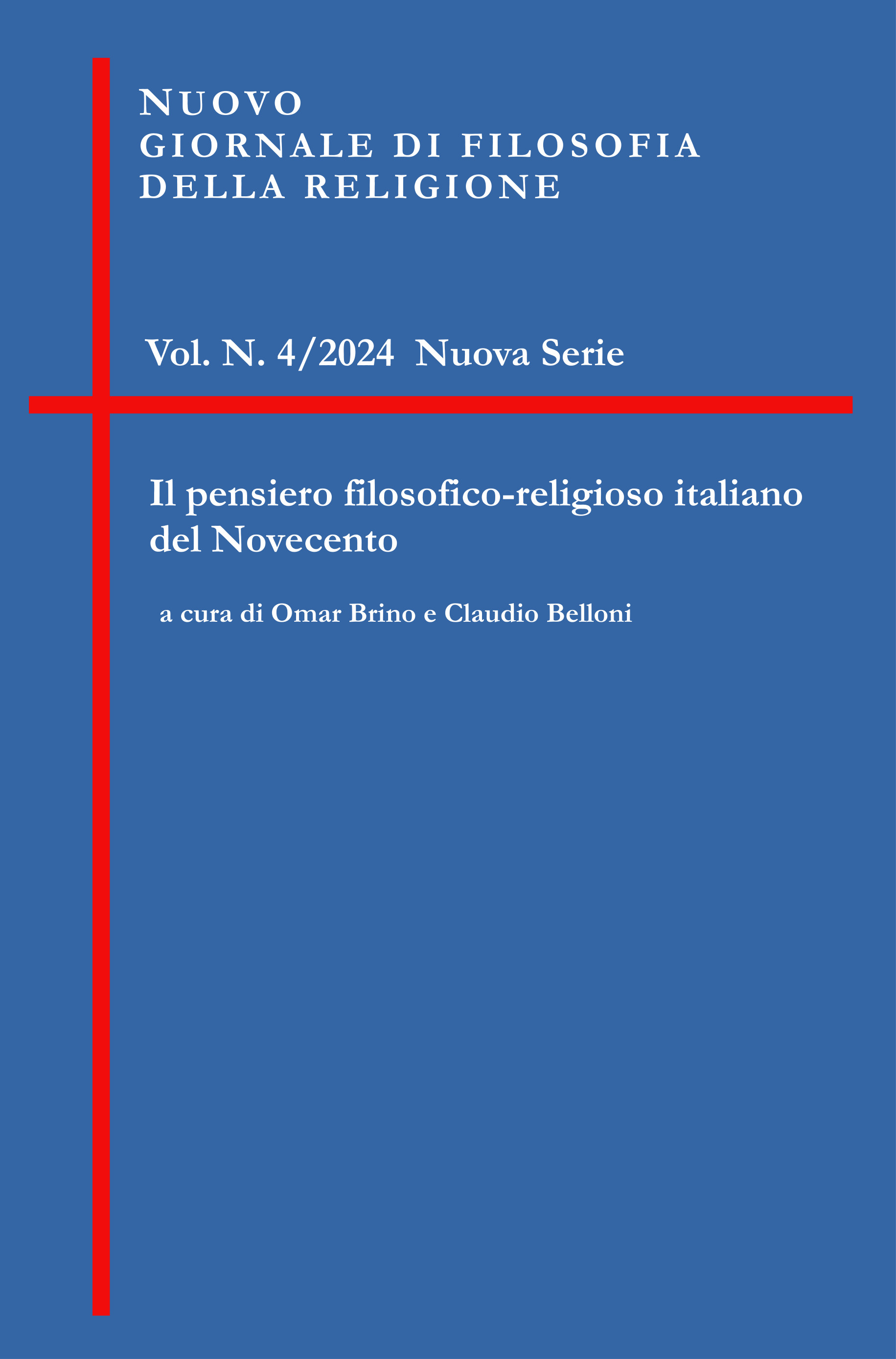Abstract
Raffaele Pettazzoni ha contribuito in modo decisivo alla storia comparata delle religioni. Rigettando l’ipotesi di un monoteismo primordiale, ha analizzato le credenze delle società arcaiche, mettendo in luce strutture religiose ricorrenti e differenze sostanziali rispetto ai monoteismi storici. Nella storia della confessione dei peccati, ha evidenziato il passaggio dalla dimensione magico-rituale alla penitenza interiore. A suo avviso è, inoltre, possibile generalizzare in modo ampio da un lato una «religione dell’uomo», che si accentra sul problema della morte e sulla «salvezza di ogni singolo uomo come persona a sé» e, dall’altro lato, una «religione dello Stato» che invece si appunta sulla coesione comunitaria fornita ai propri aderenti e a una determinata società. Ha posto l’accento sul confronto con il mistero, l’ignoto, quale elemento essenziale dell’esperienza religiosa.
Parole chiave: Raffaele Pettazzoni, storia delle religioni, metodo comparativo, religione dello stato, religione dell’uomo
Raffaele Pettazzoni made a decisive contribution to the comparative history of religions. Rejecting the hypothesis of a primordial monotheism, he analyzed the beliefs of archaic societies, highlighting recurring religious structures and substantial differences compared to historical monotheisms. In the history of the confession of sins, he emphasized the transition from a magical-ritual dimension to inner penance. In his view, it is also possible to broadly generalize, on one hand, a “religion of man,” which focuses on the problem of death and the “salvation of each individual as a person in themselves,” and, on the other hand, a “religion of the state,” which instead emphasizes the community cohesion provided to its adherents and a specific society. He stressed the importance of confronting the mystery and the unknown as an essential element of the religious experience.
Keywords: Raffaele Pettazzoni, history of religions, comparative method, religion, of the state , religion of man

TQuesto lavoro è fornito con la licenza Creative Commons Attribuzione 4.0 Internazionale.
Copyright (c) 2025 Omar Brino

